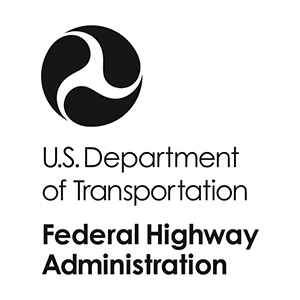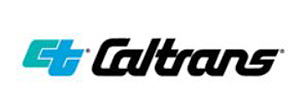Staff Reporter
Experts Emphasize Communication, Teamwork in Transportation Planning

[Stay on top of transportation news: Get TTNews in your inbox.]
Fruitful partnerships between state departments of transportation and metropolitan planning organizations depend on communication, collaboration and inclusion, according to transportation experts.
Darryl Fields, senior transportation planner at the Mid-America Regional Council, said successful projects come from frequent collaboration with government agencies and planning organization partners. MARC serves the Kansas City metropolitan area, representing two states, two Federal Highway Administration divisions and eight counties (four each in Kansas and Missouri). Fields spoke at a webinar hosted by FHWA on Aug. 21, which was held as part of the agency’s Talking Freight seminar series.
Kansas City is an important freight hub, containing four intermodal hubs, a massive rail center and an inland waterway. Fields said past collaborative successes include the reconstruction of the interchange linking interstates 435 and 470 to U.S. Route 71 south of Kansas City and flyover rail crossings.

“An important aspect in any business are successful relationships. We, as public policy providers, must maintain agency cooperation and participation,” Fields said. “Freight has no boundaries.”
Yatman Kwan, chief of the California Department of Transportation’s Office of Freight Planning, agreed with Fields, stating that regular collaboration fosters better work between transportation agencies and planning groups. Kwan and his team developed a survey geared toward state DOTs and metropolitan planning organizations. The purpose was to learn how often these entities regularly interacted, the extent of their involvement in one another’s work and their biggest concerns related to freight.
From the survey, Kwan determined that the best practices are found in MPOs and DOTs that frequently reach out to each other and maintain reliable points of contact. State agencies reported various ways in which they work with MPOs. For example, MPOs are represented on Michigan DOT’s task teams devoted to developing long-range transportation plans. Tennessee DOT created an Office of Community Transportation, which regularly communicates with members of planning organizations.
Challenges remain for smaller MPOs that sometimes feel overlooked, according to the survey results. A few MPOs reported they don’t have regular meetings with their DOT counterparts.
“[Some] small MPOs feel neglected in statewide efforts and meetings. Some MPOs felt some DOTs are very siloed,” Kwan said. “[They] would like to see more ongoing conversation.”

Kenneth Kao, principal planner within the Metropolitan Transportation Commission’s Programming and Allocations Section, said he and his team work closely with Caltrans, holding quarterly meetings with the agency’s Freight Advisory Committee. MTC covers the San Francisco Bay area, encompassing 7.5 million people and nine counties. MTC and Caltrans work together to identify common goals (a recent example was the assignment of critical urban and rural freight corridors).
The Northern California megaregion, which includes San Francisco, Monterey Bay, Sacramento and the northern San Joaquin Valley, is an important area for freight movement, according to Kao. Specifically, the area facilitates the movement of various agricultural products and goods from the Port of Oakland.
“We’re linked very closely with transportation and economic links within our region as well as with neighboring MPOs,” Kao said. “Northern California is an important part of the national freight movement puzzle.”
FHWA’s next Talking Freight seminar will be held Aug. 28 and focus on using real-time information to improve supply chain efficiency.

